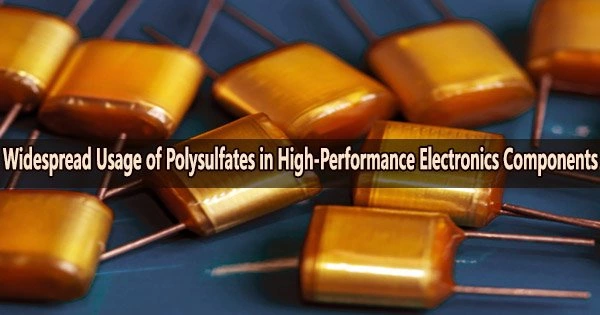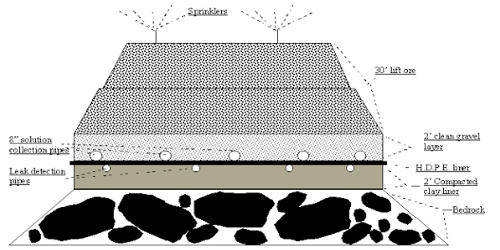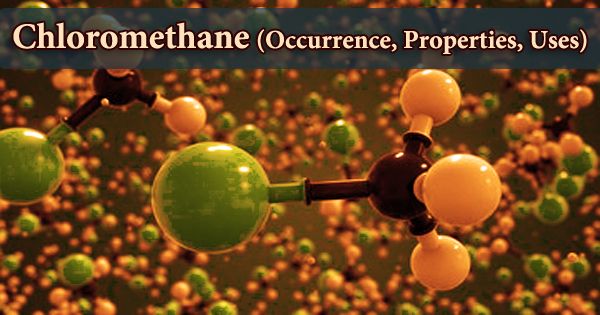According to a study from chemists and materials scientists at Scripps Research and the Lawrence Berkeley National Laboratory (LBNL), a novel type of polysulfate compound that can form thin, flexible films possesses features that could make it a material of choice for many high-performance electrical components.
Researchers discovered that the new polysulfates can be used to create polymer film capacitors that can store and discharge high densities of electrical energy while tolerating heat and electric fields beyond the capabilities of conventional polymer film capacitors in their study, which was published on January 18 (2023) in the journal Joule.
“Our findings suggest that energy-storing capacitors and other devices based on these new polysulfates could see wide application, including in electric vehicle power systems,” says study co-senior author Peng Wu, PhD, a professor in the Department of Molecular Medicine at Scripps Research.
The other co-senior authors were K. Barry Sharpless, PhD, W.M. Keck Professor of Chemistry at Scripps Research, and Yi Liu, PhD, Facility Director for Organic and Macromolecular Synthesis at LBNL’s Molecular Foundry, a multidisciplinary facility for the scientific and technical investigation of new materials.
The sulfur fluoride exchange (SuFEx) process, which was developed in the Sharpless lab, has recently been used by the Sharpless and Wu labs to synthesis several polysulfates that were previously inaccessible.
SuFEx is one of a growing number of techniques for creating molecules known as click chemistry because of their high efficiency and minimal prerequisites for reactions. Sharpless was awarded a share of the 2022 Nobel Prize in Chemistry for his pioneering work on click chemistry methods.
Our findings suggest that energy-storing capacitors and other devices based on these new polysulfates could see wide application, including in electric vehicle power systems.
Peng Wu
Several of the new polysulfates had better “dielectric” qualities, the researchers found during their research in Liu’s lab at LBNL’s Molecular Foundry. Positive and negative charges separate in dielectric materials, which act as electrical insulators and store energy when subjected to electric fields. They are utilized in transistors, capacitors, and other widely used parts of contemporary electronic circuits.
Many of the dielectric materials used today are polymers, which are lightweight, flexible, and plastic-like materials. The novel polysulfates are polymers as well, but they differ significantly from conventional dielectric polymers in terms of their characteristics.
The team found that capacitors made from one of the new polysulfates, when enhanced with a thin film of aluminum oxide, could discharge a high density of energy, while withstanding electric fields (more than 700 million volts per meter) and temperatures (150 degrees C) that would destroy the most widely used polymer film capacitors.
The researchers stated that systems using ordinary polymer capacitors, such as some electric car models, frequently require expensive and time-consuming cooling techniques due to their heat sensitivity.
Furthermore, they claim that the use of the new polysulfate dielectrics could result in more affordable, straightforward, and long-lasting power systems for electric automobiles and other applications.
“I was very surprised at first, and still am I think we all are. How can a classic force from the domain of physics, like the electric field force, be modulated by a thin chemical-polymer film in its path? The results speak for themselves though, and now seems a good time to share this puzzle,” says Sharpless.
In pursuit of polysulfates with even superior qualities, scientists are creating and studying new ones.
“The polysulfate polymers we examined in this study can do very well at 150 degrees C, but we think we can find related polysulfates that can handle 200 to 250 degrees C with little or no loss of function,” Liu says.
















